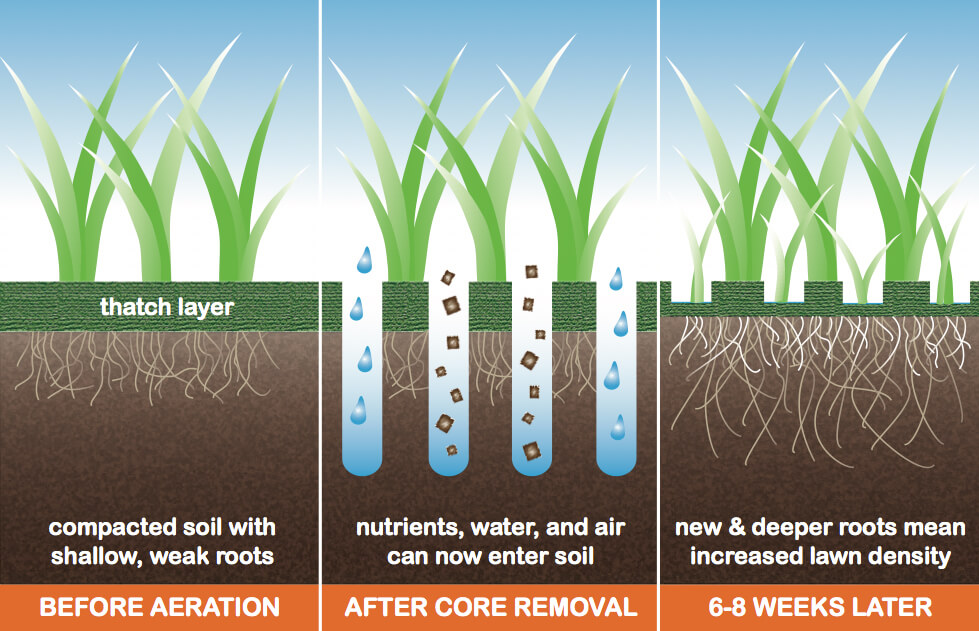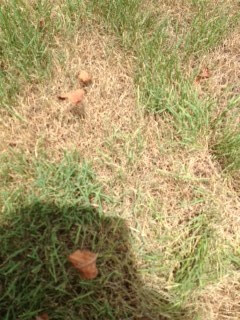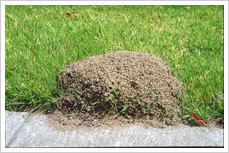Do you wish you knew more about your landscape? Knew which grass was which and how to take care of each? We understand the feeling! We see lawns everyday with different grasses and each need a different amount of care. We have put together a list of a few different types of turfs and how to take care of each! See below:
- Bermuda (Warm Season Turf)
- As a rule, mow at .5 “- 2.0”
- Start low in late April after last frost date and gradually raise the height as the summer progresses.
- By late September to early October, maintain a mowing height of 1.5”-2.0” to help insulate your warm season lawn from the cold weather.
- Centipede
- As a rule, mow at 1.25”-1.5”
- Start low in late April after last frost date and gradually raise the height as the summer progresses.
- By late September to early October, maintain a mowing height of 1.5” to help insulate your warm season lawn from the cold weather.
- Fescue (Cool Season Turf)
- As a rule, mow at 3.0” to 3.5”
- During cool weather (spring-fall- winter) mow at 3.” During the hot summer months, maintain 3.5.”
- Zoysia (Warm Season Turf)
- As a rule, mow at 1.5” to 2.5” depending on type of Zoysia
- Start low in late April after last frost date and gradually raise the height as the summer progresses.
- By late September to early October, maintain a mowing height of 1.5”-2.5” to help insulate your warm season lawn from the cold weather.
Also, be sure to follow along on Facebook, Google+ and Twitter!











 Are your “Knock Out” roses getting hit hard with disease? If so, this could be the reason. “Knock Out” roses are widely used in both residential and commercial landscapes due to providing showy and continuous blooms! They requiring very low maintenance and you do not need to spray for black spot disease.
Are your “Knock Out” roses getting hit hard with disease? If so, this could be the reason. “Knock Out” roses are widely used in both residential and commercial landscapes due to providing showy and continuous blooms! They requiring very low maintenance and you do not need to spray for black spot disease.

